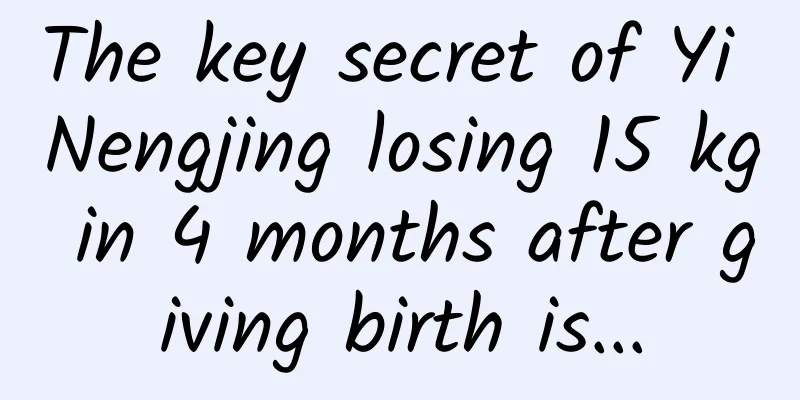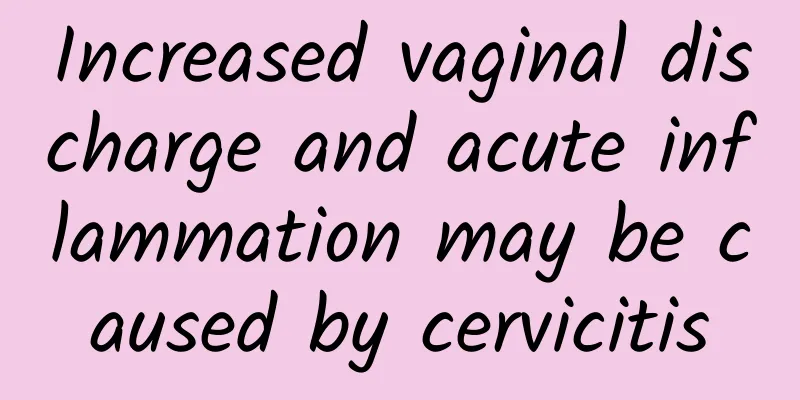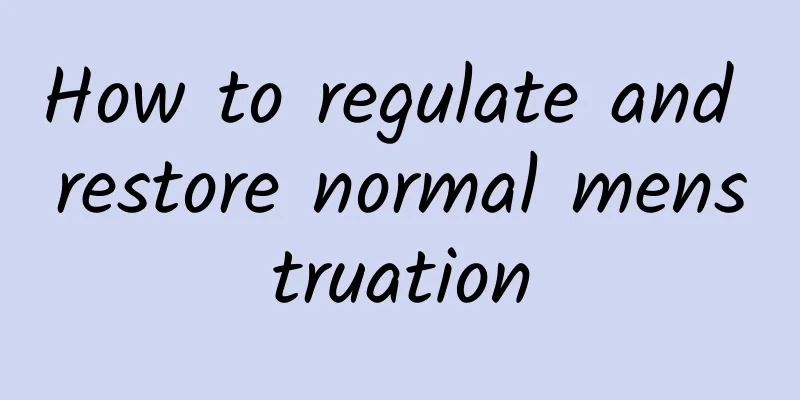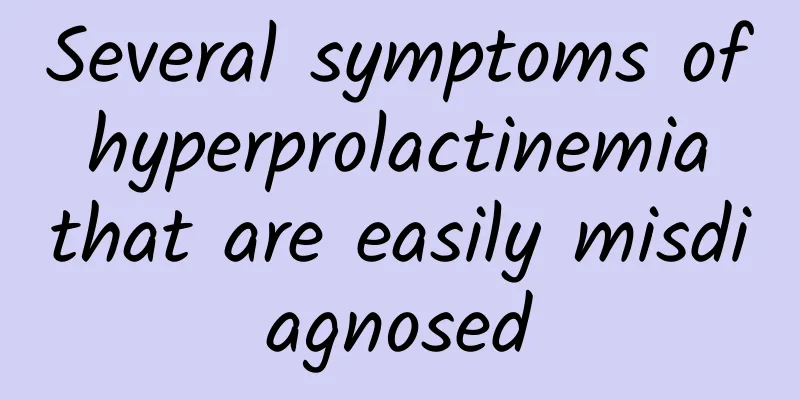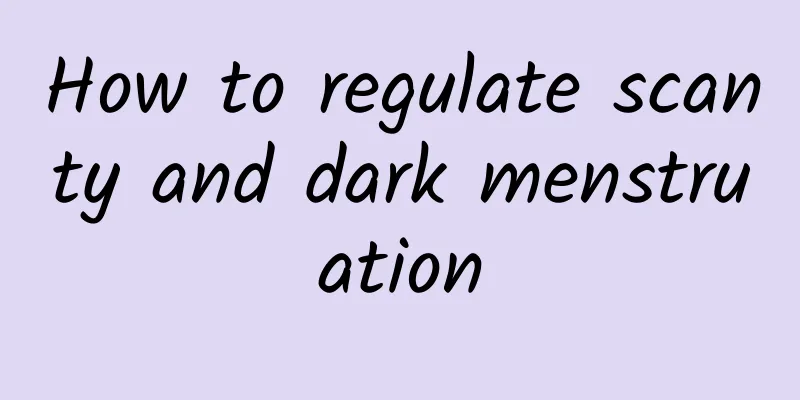What should I do if I find uterine fibroids during pregnancy? How should I treat uterine fibroids during pregnancy?
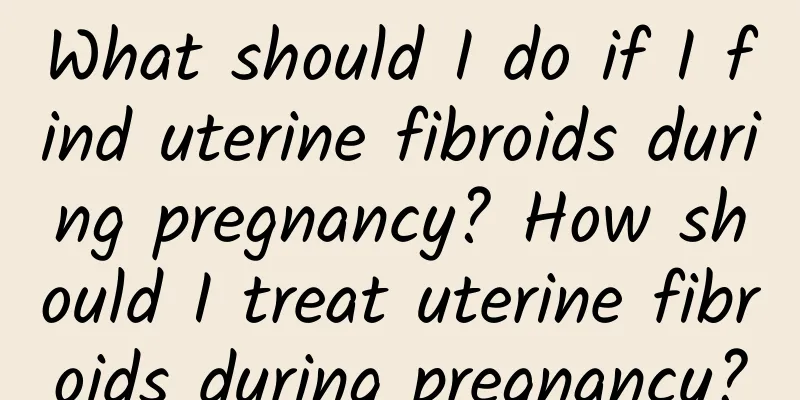
|
Uterine fibroids do not increase the risk of premature birth Although the chance of encountering uterine fibroids during pregnancy is not small, serious complications are rare (less than 1%). Uterine fibroids will change as pregnancy progresses. Some fibroids will change location, and some will increase in size. Some fibroids are "reddened degeneration" caused by tissue congestion and embolism after pregnancy, leading to abdominal pain and uterine contractions. However, clinical observations and most statistical data confirm that uterine fibroids do not increase the possibility of premature birth. It may be that the fetus is in an abnormal position, and the probability of caesarean section increases. There are rarely serious complications that need to be paid attention to! However, it is undeniable that some larger fibroids affect the turning of the fetus, resulting in incorrect fetal position; some lower fibroids block the fetal channel and increase the possibility of cesarean section. Only in a few cases, such as pedicled serosal fibroid torsion necrosis, immediate surgery is required; or mucosal fibroids cause prenatal bleeding and placental detachment; or fibroids affect postpartum uterine contraction, resulting in postpartum hemorrhage. Gynecologists must pay attention to these serious complications! Most pregnant women with uterine fibroids can give birth smoothly However, the authors still need to emphasize that the incidence of serious complications is very low, so most of the time, uterine fibroids accompany pregnant women until delivery without causing major impact. If pregnant women have serious complications during pregnancy, such as premature delivery, obstructed labor, or postpartum hemorrhage, myomectomy can be considered before the next pregnancy. It is not suitable to remove uterine fibroids at the time of delivery! As for the idea that some pregnant women can treat uterine fibroids during cesarean section, this is a very dangerous idea! Due to the increased congestion of the uterus and the increased blood flow around it during pregnancy, it is not suitable for treating uterine fibroids; cesarean section to remove uterine fibroids can easily cause complications such as heavy bleeding and poor uterine contraction, and general obstetricians and gynecologists will not make such suggestions. |
<<: What should I do if I have uterine fibroids? What are the common symptoms of uterine fibroids?
Recommend
Can I have a baby if I get pregnant with cervical warts?
We can find that in recent years, the number of p...
Causes of menopausal bleeding
Before and after menopause, women will experience...
How much does it cost to cure uterine effusion?
How much does it usually cost to cure uterine eff...
Symptoms can be used to diagnose ovarian cysts
How to diagnose ovarian cysts is a topic that man...
What kind of exercise can suppress uterine fibroids? What kind of exercise can make uterine fibroids disappear?
What kind of exercise can inhibit uterine fibroid...
What do you need to bring to the hospital for an abortion? What do you need to bring to the hospital for an abortion?
What do I need to bring to the hospital for an ab...
What causes amenorrhea in girls
Girls' amenorrhea may be caused by polycystic...
How to treat female cervical erosion? These methods are effective in treating cervical erosion.
There is no fastest treatment for cervical erosio...
Gynecologists outline the symptoms of dysmenorrhea
It is good to know the symptoms of dysmenorrhea. ...
What medicine can stop functional uterine bleeding?
Functional uterine bleeding can be stopped by med...
What are the early symptoms of ovarian cysts?
What are the early symptoms of ovarian cysts? Do ...
What does pelvic effusion mean?
Pelvic effusion can occur after pelvic inflammato...
Experts tell you what menopause means
Since gonadal function gradually develops from ma...
What harm does cervicitis do to the human body?
Cervicitis is one of the common gynecological dis...
Can women take Yougui Pills?
Women can take Yougui Pills, but they need to cho...
